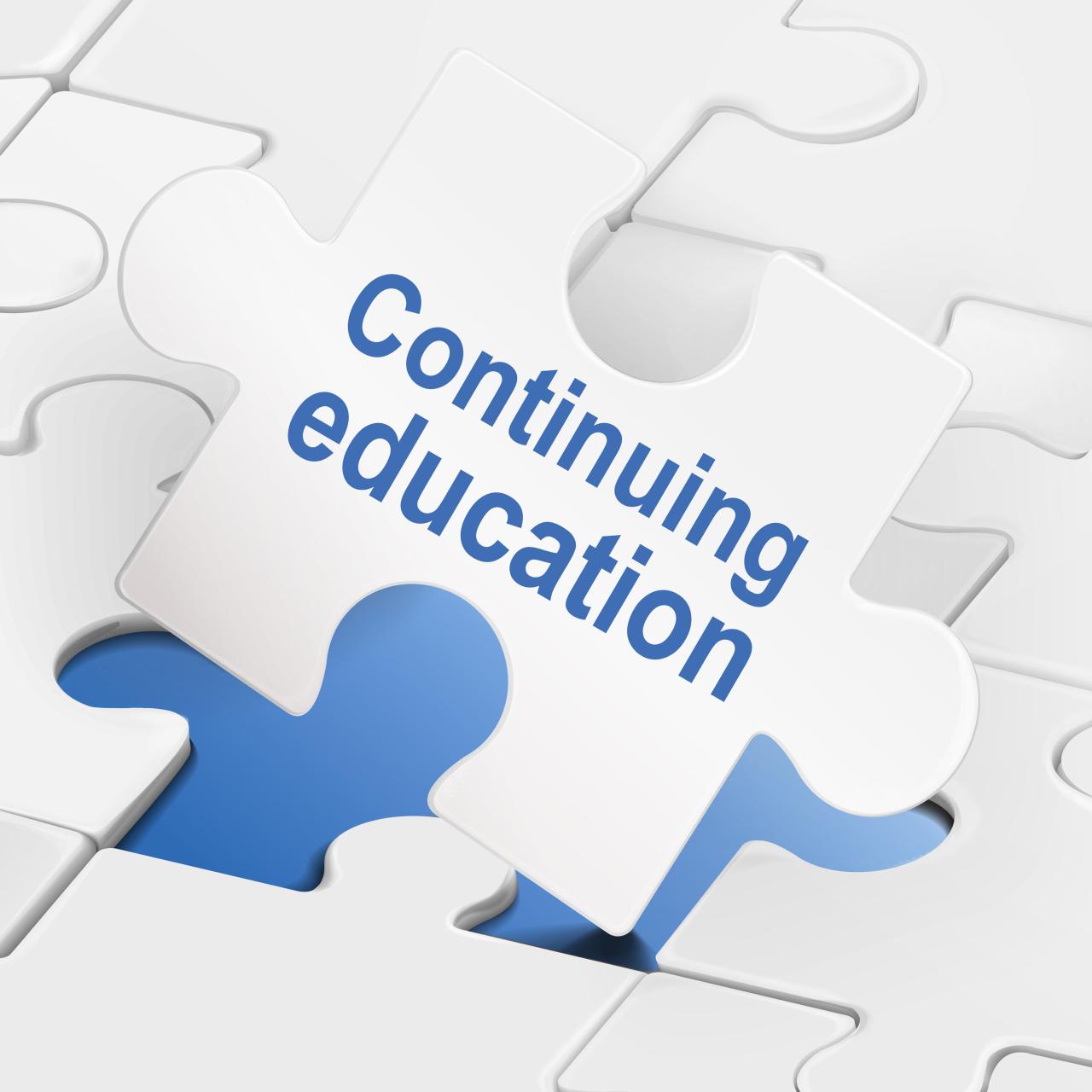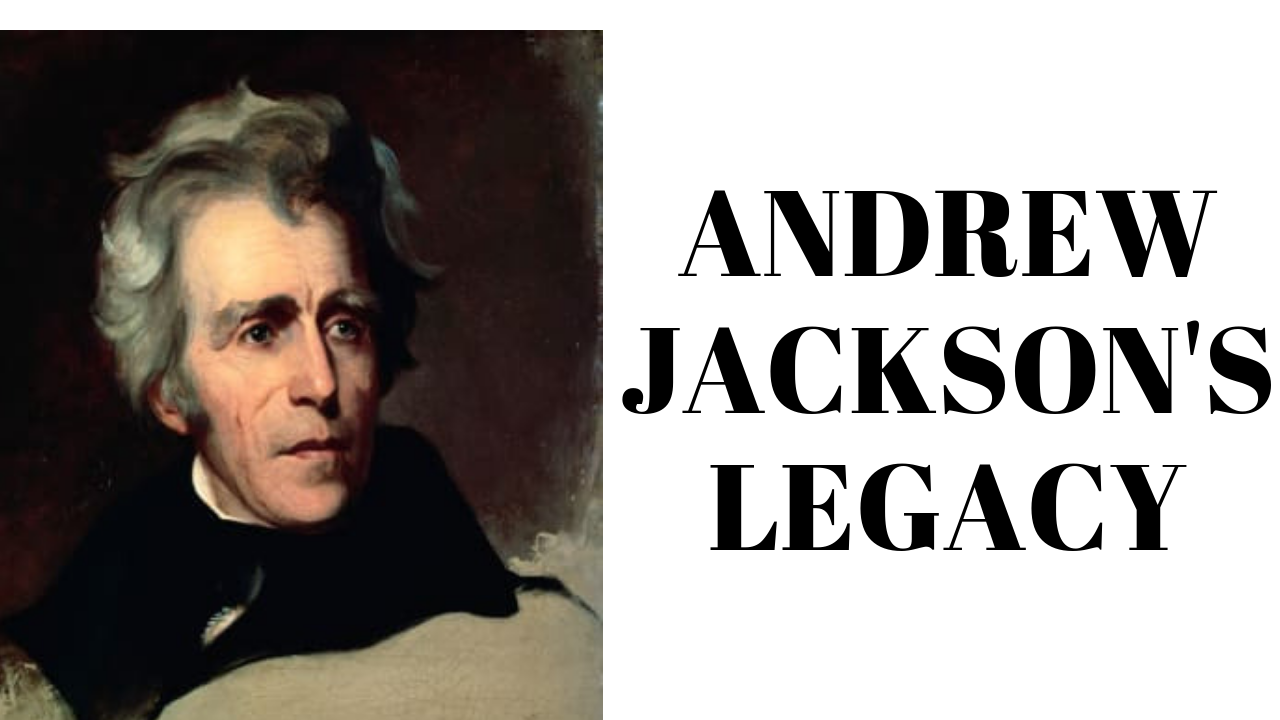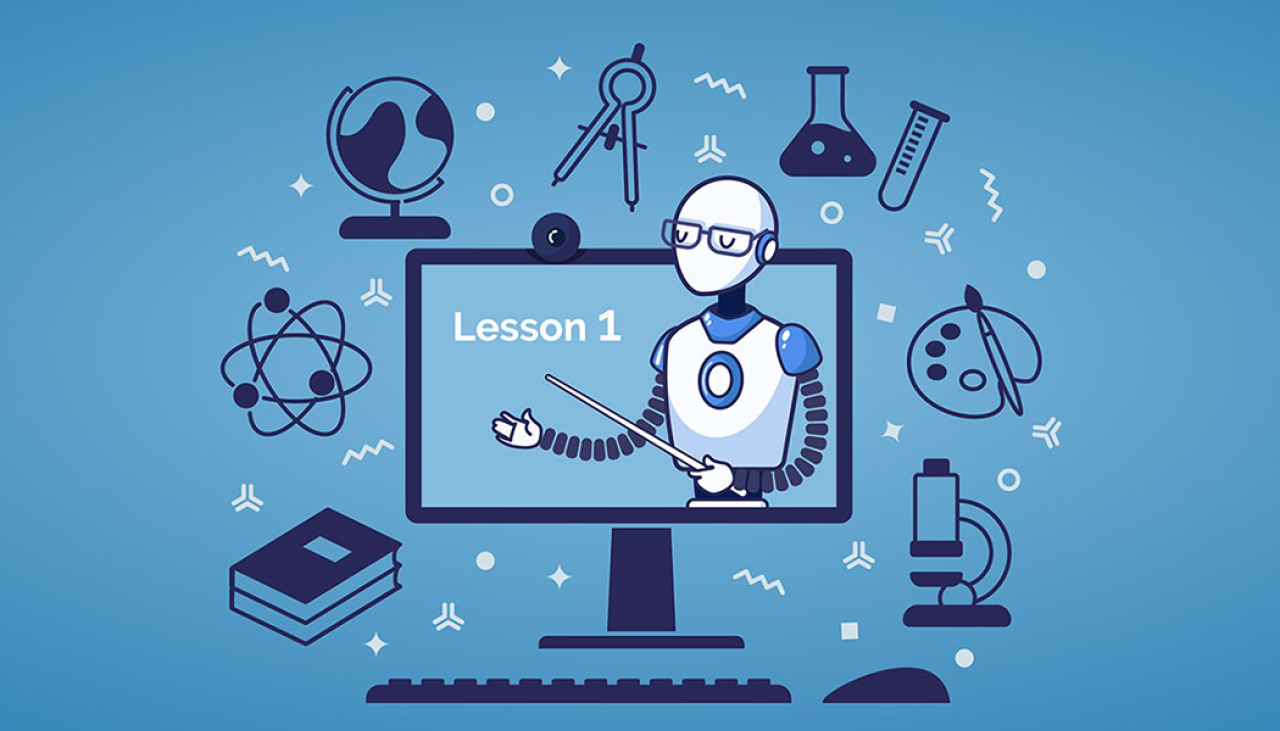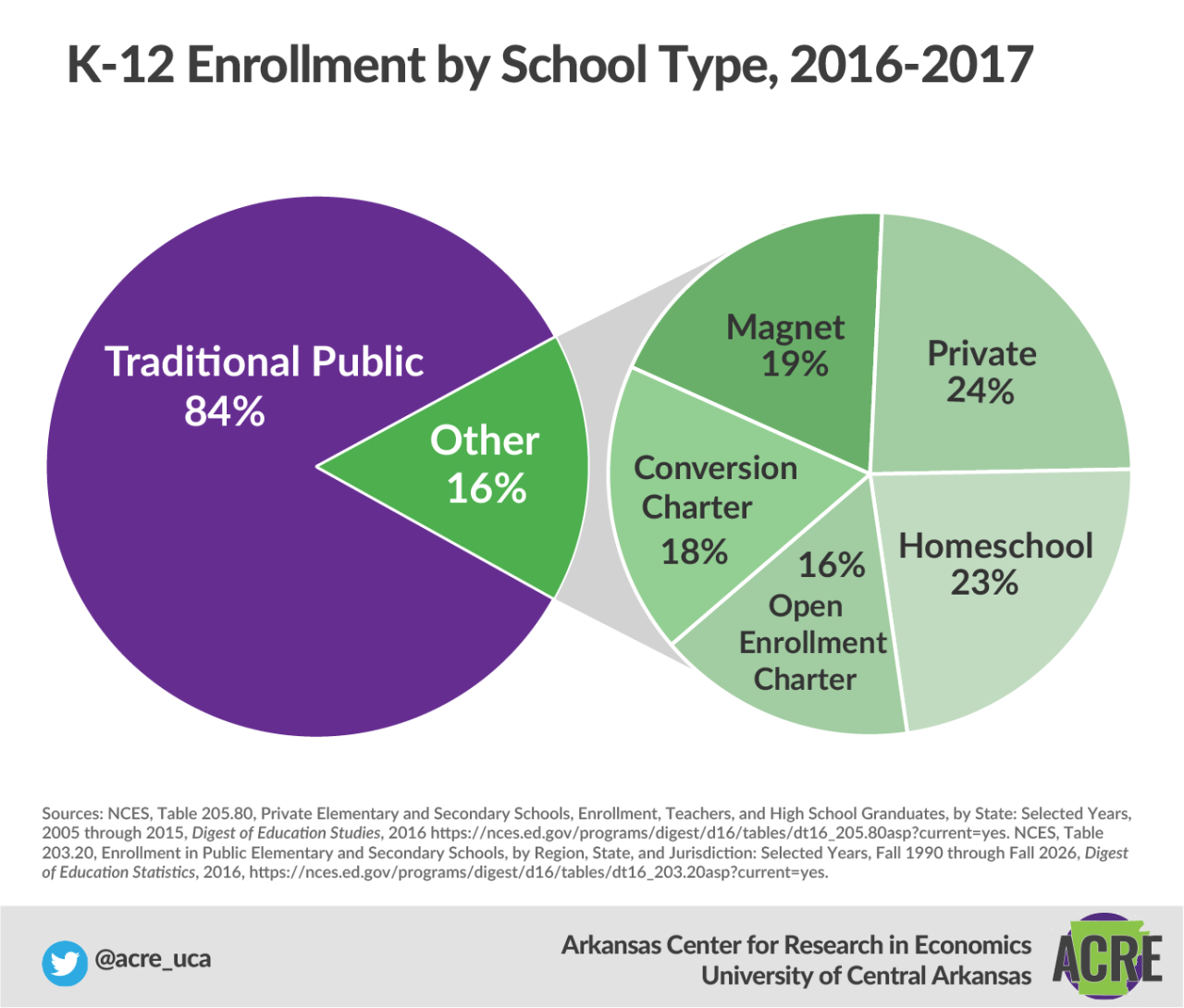Adaptive physical education meaning goes beyond traditional physical education, focusing on creating inclusive and accessible opportunities for students with disabilities. This specialized field recognizes that every individual learns and moves differently, tailoring activities and instruction to meet specific needs and abilities.
Instead of focusing on limitations, adaptive physical education empowers students to reach their full potential through personalized learning, assistive technologies, and a supportive environment.
The core of adaptive physical education lies in its commitment to individualization. Through comprehensive assessments, educators develop individualized education programs (IEPs) that Artikel specific goals, strategies, and accommodations. These plans address physical, cognitive, and social-emotional needs, ensuring that every student has the chance to participate, learn, and grow in a meaningful way.
Defining Adaptive Physical Education
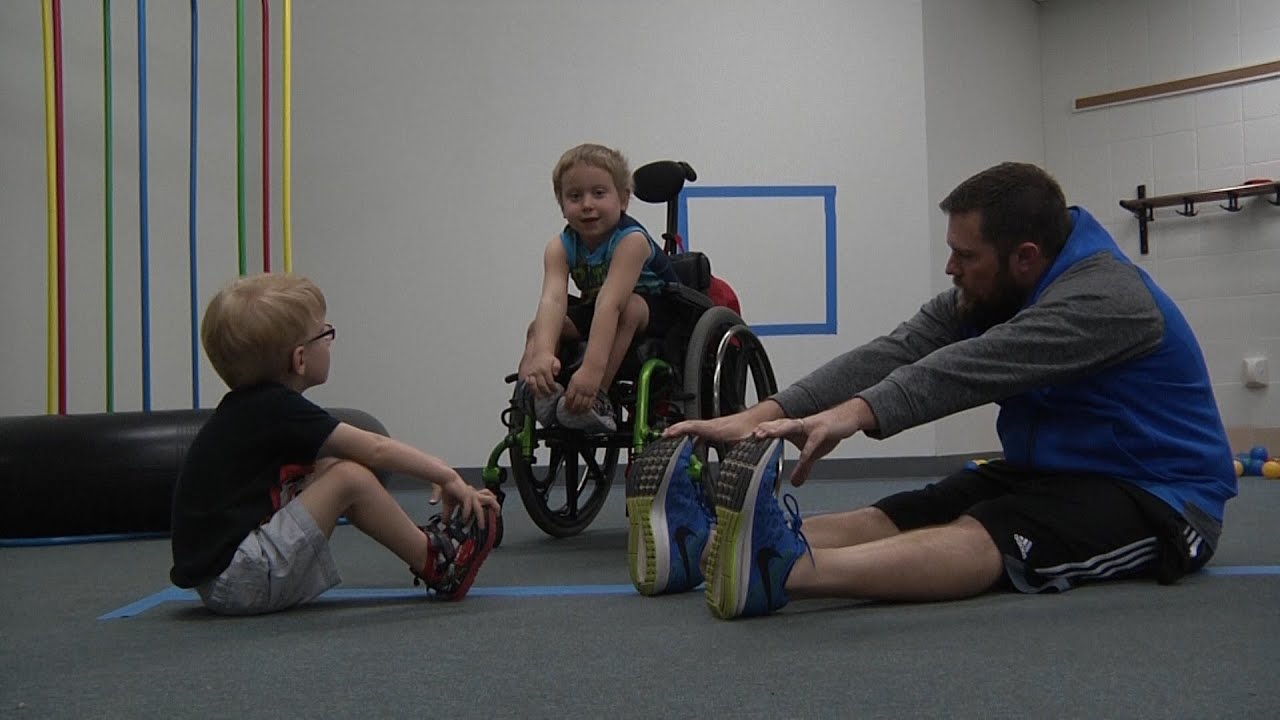
Adaptive physical education (APE) is a specialized field that focuses on providing physical education opportunities for students with disabilities. This approach recognizes that every individual has unique needs and abilities, and it aims to create an inclusive and equitable learning environment for all.
APE is not just about modifying activities; it’s about empowering students to reach their full potential in physical development, fitness, and overall well-being.
Fundamental Principles of Adaptive Physical Education
At its core, APE is guided by several key principles that shape its philosophy and practice. These principles ensure that all students, regardless of their disabilities, have access to meaningful and enriching physical education experiences.
- Individualized Approach:APE recognizes that every student is unique and requires a tailored approach to meet their specific needs. This involves considering their individual strengths, weaknesses, goals, and preferences.
- Focus on Function:APE emphasizes the student’s abilities and functional capacity rather than their limitations. This means focusing on what they can do, not what they can’t do.
- Inclusion and Participation:APE strives to create inclusive environments where all students feel welcome and valued. It encourages participation in physical activities that are accessible and meaningful to everyone.
- Collaboration:APE requires collaboration among educators, parents, medical professionals, and other relevant stakeholders to ensure the student’s needs are met effectively.
Differences Between Adaptive Physical Education and Traditional Physical Education
While both APE and traditional physical education aim to promote physical development and well-being, they differ significantly in their approaches and focus. APE distinguishes itself from traditional physical education in the following ways:
- Individualized Instruction:APE emphasizes individualized instruction, whereas traditional physical education often uses a more standardized approach.
- Specialized Equipment and Adaptations:APE often utilizes specialized equipment and adaptations to make activities accessible for students with disabilities. This can include assistive devices, modified equipment, and alternative movement patterns.
- Focus on Functional Skills:APE focuses on developing functional skills that are relevant to students’ everyday lives, such as mobility, self-care, and social interaction. Traditional physical education may place a greater emphasis on competitive sports and athletic skills.
Addressing Individual Needs and Abilities
APE addresses individual needs and abilities by providing a wide range of modifications and adaptations to physical activities. These modifications can include:
- Equipment Modifications:Using adaptive equipment such as wheelchairs, walkers, or modified sports equipment to allow students with disabilities to participate in activities.
- Rule Modifications:Adapting rules to create a more equitable playing field, such as allowing extra time or adjusting scoring systems.
- Activity Modifications:Modifying activities to make them easier or more challenging, such as reducing the distance of a race or increasing the resistance of a workout.
- Environmental Modifications:Making physical spaces more accessible by removing barriers and providing ramps, accessible restrooms, and other accommodations.
For example, a student with a visual impairment might participate in a modified game of basketball using a beeping ball to track its movement. A student with a physical disability might use a wheelchair to participate in a team sport, with adapted rules and equipment to ensure their inclusion.
APE ensures that all students can experience the joy and benefits of physical activity, regardless of their unique challenges.
Key Components of Adaptive Physical Education
Adaptive physical education programs are carefully structured to provide a comprehensive and effective learning experience for students with disabilities. These programs typically incorporate several key components that work together to promote physical development, fitness, and well-being.
Essential Components of an Adaptive Physical Education Program
An effective APE program encompasses a variety of essential components, each contributing to the overall success of the program. These components include:
- Assessment:A thorough assessment is crucial to identify each student’s unique needs, strengths, weaknesses, and goals. This information is essential for developing individualized plans and selecting appropriate activities.
- Individualized Education Programs (IEPs):IEPs are written plans that Artikel the student’s specific educational needs, goals, and accommodations. They provide a framework for the APE program and ensure that the student receives the appropriate support and instruction.
- Instructional Strategies:APE teachers use a variety of instructional strategies to meet the diverse needs of their students. These strategies may include modifications, adaptations, assistive technology, and alternative teaching methods.
- Curriculum Development:APE programs must have a carefully developed curriculum that is tailored to the needs of students with disabilities. This curriculum should address physical development, fitness, health, and social skills.
- Collaboration:Effective APE programs involve collaboration among educators, parents, medical professionals, and other relevant stakeholders. This collaboration ensures that the student receives a holistic and coordinated approach to their education.
- Evaluation:Regular evaluation is essential to monitor the student’s progress and adjust the program as needed. This evaluation can involve observation, testing, and feedback from the student, parents, and teachers.
Role of Assessment in Adaptive Physical Education
Assessment plays a crucial role in APE, providing a foundation for individualized instruction and program planning. The assessment process aims to gather information about the student’s:
- Physical Function:This includes assessing their range of motion, strength, endurance, and mobility.
- Cognitive Function:This involves evaluating their attention span, memory, problem-solving skills, and ability to follow instructions.
- Social Skills:This assessment focuses on their ability to interact with others, communicate effectively, and participate in group activities.
- Interests and Goals:Understanding the student’s interests and goals helps in developing a program that is motivating and engaging for them.
Assessment can be conducted through various methods, including standardized tests, observation, interviews, and questionnaires. The results of the assessment are used to develop individualized education programs (IEPs) that Artikel the student’s specific needs, goals, and accommodations.
Importance of Individualized Education Programs (IEPs)
IEPs are essential documents that provide a framework for the student’s APE program. They ensure that the student receives individualized instruction and support that is tailored to their specific needs. IEPs typically include:
- Present Levels of Performance:This section describes the student’s current physical, cognitive, and social skills.
- Annual Goals:These are specific, measurable, achievable, relevant, and time-bound goals that the student will work towards during the year.
- Special Education and Related Services:This section Artikels the specific services and supports that the student will receive, including APE instruction, assistive technology, and therapy.
- Evaluations:The IEP includes a plan for regular evaluations to monitor the student’s progress and make adjustments to the program as needed.
IEPs are developed collaboratively by the APE teacher, parents, and other relevant stakeholders. They are reviewed and updated regularly to ensure that they continue to meet the student’s evolving needs.
Benefits of Adaptive Physical Education
Adaptive physical education offers a wide range of benefits for students with disabilities, contributing to their physical, cognitive, and social development. These benefits are well-documented and supported by research, highlighting the positive impact of APE on students’ overall well-being.
Evidence-Based Benefits of Adaptive Physical Education
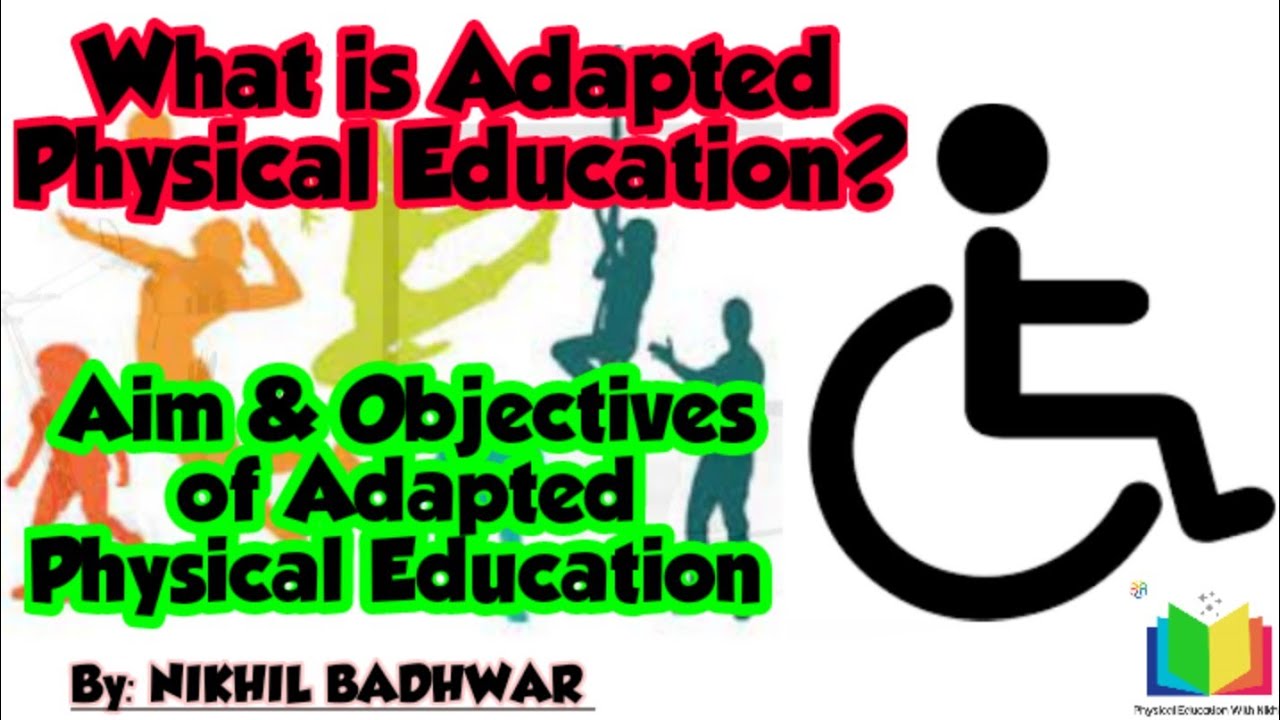
Research consistently demonstrates the positive impact of APE on students with disabilities. Some of the key benefits include:
- Improved Physical Function:APE helps students develop strength, flexibility, endurance, and coordination, leading to improved physical function and mobility.
- Enhanced Motor Skills:Through adapted activities and individualized instruction, APE helps students develop and refine their motor skills, including balance, coordination, and fine motor skills.
- Increased Fitness Levels:APE programs promote physical activity and fitness, contributing to improved cardiovascular health, weight management, and overall well-being.
- Improved Cognitive Function:Physical activity has been shown to have positive effects on cognitive function, including attention, memory, and problem-solving skills. APE programs can help students develop these skills through adapted activities and games.
- Enhanced Social Skills:APE provides opportunities for students to interact with peers, develop teamwork skills, and learn to communicate effectively. This can lead to improved social skills and a sense of belonging.
- Increased Self-Esteem and Confidence:When students with disabilities are given the opportunity to participate in physical activities and achieve success, it can boost their self-esteem and confidence.
- Improved Quality of Life:APE programs contribute to a higher quality of life for students with disabilities by promoting physical health, mental well-being, and social inclusion.
Impact of Adaptive Physical Education on Physical, Cognitive, and Social Development
APE has a profound impact on the physical, cognitive, and social development of students with disabilities. It promotes physical growth, enhances cognitive abilities, and fosters social interaction and inclusion.
- Physical Development:APE helps students develop strength, flexibility, endurance, and coordination, leading to improved physical function and mobility. It also promotes healthy growth and development, reducing the risk of obesity and other health problems.
- Cognitive Development:Physical activity has been shown to have positive effects on cognitive function, including attention, memory, and problem-solving skills. APE programs can help students develop these skills through adapted activities and games.
- Social Development:APE provides opportunities for students to interact with peers, develop teamwork skills, and learn to communicate effectively. This can lead to improved social skills, a sense of belonging, and increased self-confidence.
Promoting Inclusion and Participation
APE is fundamentally about promoting inclusion and participation for all students, regardless of their disabilities. It creates opportunities for students to experience the joy and benefits of physical activity, fostering a sense of belonging and reducing social isolation.
- Creating Inclusive Environments:APE programs strive to create inclusive environments where all students feel welcome and valued. This involves using adapted equipment, modifying activities, and promoting positive social interactions.
- Encouraging Participation:APE encourages students with disabilities to participate in physical activities that are accessible and meaningful to them. This can include team sports, individual activities, and recreational activities.
- Building Social Connections:APE programs provide opportunities for students to interact with peers, build friendships, and develop a sense of community. This can lead to improved social skills and a more fulfilling social life.
By promoting inclusion and participation, APE helps students with disabilities develop a positive self-image, build confidence, and become active members of their communities.
Adaptive Physical Education in Practice: Adaptive Physical Education Meaning
Adaptive physical education is implemented in a variety of settings, using different approaches to ensure that students with disabilities have access to meaningful and engaging physical education experiences. These approaches can include specialized instruction, assistive technology, and modified activities.
Different Approaches to Adaptive Physical Education
APE educators utilize a variety of approaches to meet the diverse needs of their students. These approaches include:
- Specialized Instruction:This approach involves providing individualized instruction tailored to the student’s specific needs and abilities. It may include modifications to activities, the use of assistive technology, and alternative teaching methods.
- Assistive Technology:Assistive technology plays a crucial role in APE, enabling students with disabilities to participate in activities that they might otherwise be unable to do. This can include wheelchairs, walkers, modified sports equipment, and adaptive computer programs.
- Modified Activities:Modifying activities is a common approach in APE, making them accessible and engaging for students with disabilities. This can involve adjusting rules, equipment, and the level of difficulty.
Assistive Technologies Used in Adaptive Physical Education, Adaptive physical education meaning
Assistive technology plays a vital role in enabling students with disabilities to participate in physical activities. Here is a table showcasing various assistive technologies used in APE, detailing their functions and benefits:
| Assistive Technology | Function | Benefits |
|---|---|---|
| Wheelchairs | Provide mobility for students with physical disabilities. | Allow participation in sports and activities that require mobility, enhance independence, and promote physical activity. |
| Walkers | Provide support and stability for students with balance or mobility issues. | Increase safety, improve balance, and allow participation in activities that require walking. |
| Adaptive Sports Equipment | Modified sports equipment, such as balls with beeping sounds or oversized handles, designed for students with specific disabilities. | Make sports accessible to students with disabilities, promote participation, and enhance enjoyment. |
| Assistive Devices for Communication | Communication devices, such as picture exchange systems or speech-generating devices, for students with communication impairments. | Enable effective communication, promote social interaction, and enhance participation in group activities. |
| Adaptive Computer Programs | Software programs that provide alternative input methods, such as voice recognition or eye tracking, for students with physical disabilities. | Allow access to computer-based activities, enhance learning opportunities, and promote independence. |
Implementation of Adaptive Physical Education in Various Settings
APE can be implemented in a variety of settings, ensuring that students with disabilities have access to physical education opportunities throughout their lives. These settings include:
- Schools:APE programs are commonly integrated into school settings, providing students with disabilities with specialized instruction and support.
- Community Centers:Community centers often offer APE programs for individuals with disabilities, providing recreational activities, fitness programs, and social opportunities.
- Hospitals:Hospitals may offer APE programs as part of rehabilitation services, helping patients with disabilities regain physical function and independence.
Regardless of the setting, APE programs aim to provide a safe, inclusive, and engaging environment where all students can reach their full potential in physical development, fitness, and overall well-being.
Closing Notes
Adaptive physical education is a testament to the power of inclusion and the importance of recognizing individual differences. It empowers students with disabilities to develop their physical, cognitive, and social skills, fostering a sense of belonging and self-confidence. By embracing innovation and collaboration, educators continue to push the boundaries of adaptive physical education, creating a brighter future where all students can thrive.

